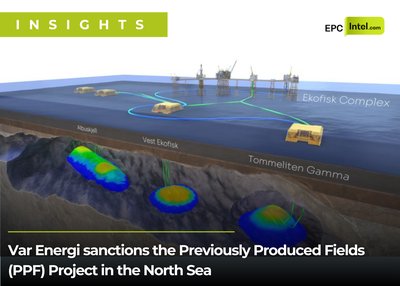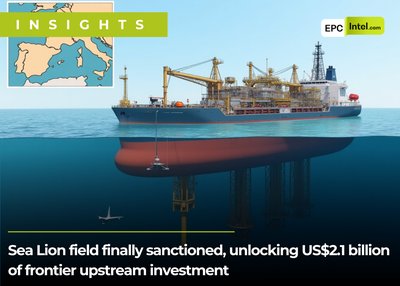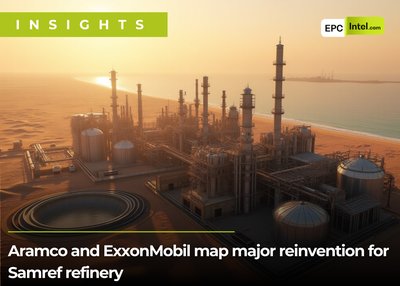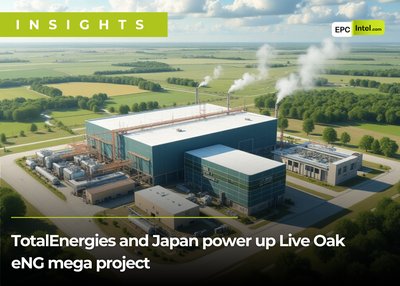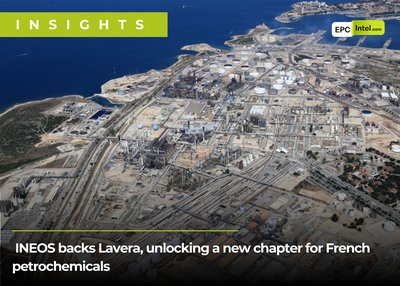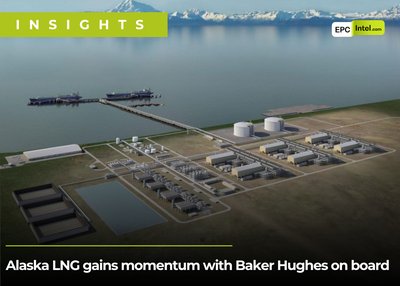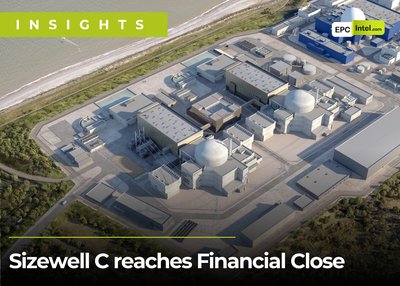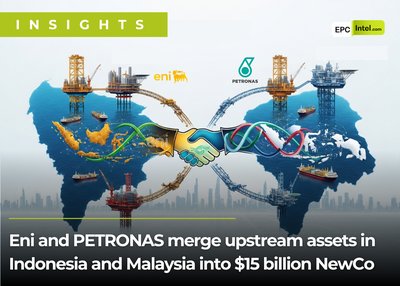
Baker Hughes and Hunt Oil Company join forces to redevelop mature oil & gas fields
Baker Hughes and Hunt Oil have agreed a global framework to jointly evaluate and redevelop mature oil and gas fields, targeting low cost brownfield projects that extend asset life and unlock new EPC and services demand across existing basins.
